Why China dominates in EVs
China has long been preparing a for this moment: it has taken the lead as more traditional car-makers concede ground.
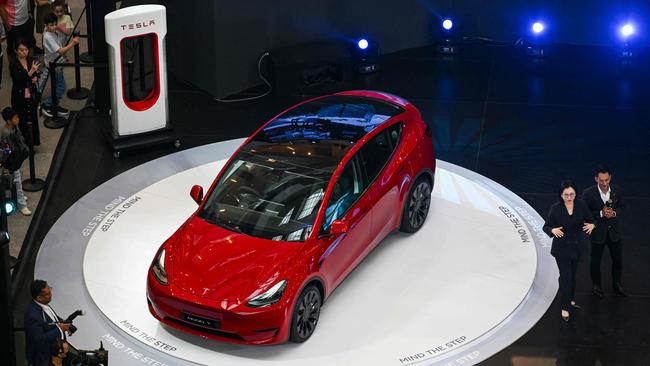
Traditional car-making countries are ceding ground to a hard-charging China, which increasingly leads the world on the race to transition to electric cars.
While Japan is known for technology, Europe for design innovation and America for kickstarting the global EV charge, it’s China that’s fast becoming the unofficial home ground of EVs globally.
The world’s most populous country is dominating manufacturing and sales of electric vehicles, to the point where in the first half of 2023 China manufactured 87 per cent of all the EVs sold in Australia.
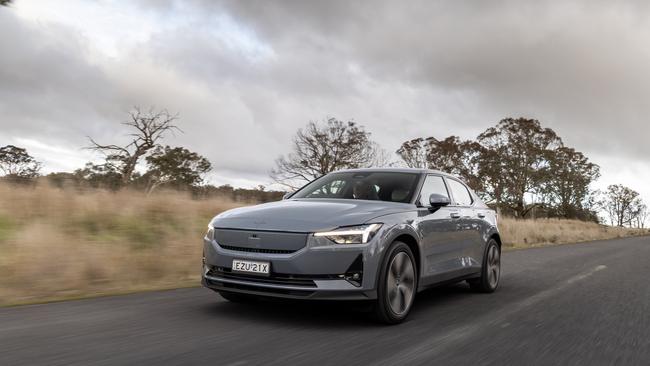
Only 6321 of those were from Chinese brands, including LDV, BYD and GWM, while another 1787 were from budget brand MG (previously a British brand, MG is now owned by Chinese company SAIC).
The other 29,333 Chinese-built EVs bought by Australians in the first half of this year were from brands with head offices in other parts of the world. They include Tesla, Volvo, Polestar, and even BMW.
But that’s only the tip of the EV hothouse bubbling away in China and being driven by newcomer brands hoping to command a slice of the action.
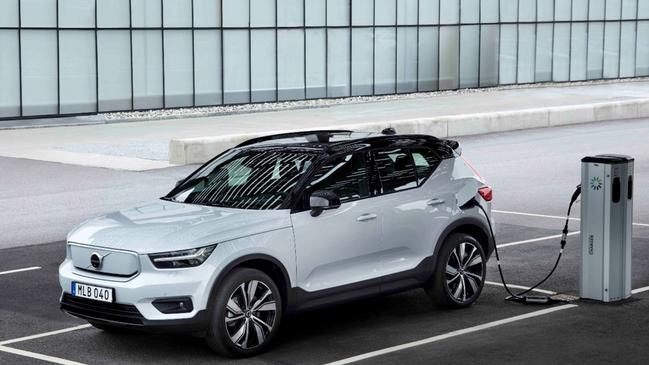
The likes of Nio, Xpeng and Lynk & Co have little recognition in Australia, but they’re also jumping on the fresh opportunities afforded by new technology.
“What electrification has done – because it’s a new technology, it’s a disruptive technology – it’s almost allowed China to do to the status quo what Apple did to Nokia and Blackberry,” says LDV Australia general manager Dinesh Chinnappa, who was involved in importing Chery and Great Wall to Australia about 15 years ago and is currently watching LDV sales boom.
He believes China’s experience in EVs compared with the relative lethargy of Japanese brands when it comes to electrification places the country in pole position to leverage that success as interest in electric vehicles continues to grow.
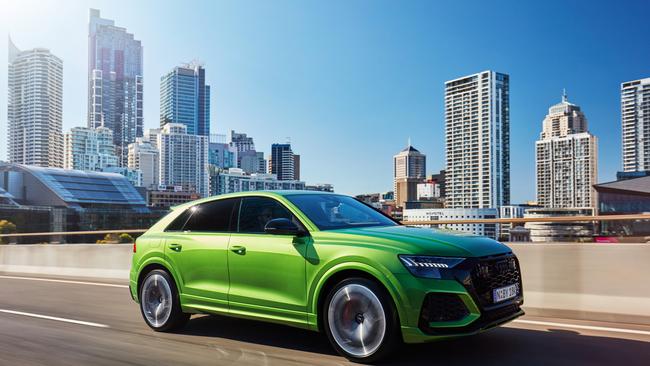
It’s no accident that China is a powerhouse in EVs.
In the 2000s and with the backing of the Chinese government, the country’s sprawling automotive industry set its sights on electric vehicles rather than more mature internal-combustion technology.
Chinnappa says the Chinese focus on EVs was “absolutely strategic, absolutely deliberate and absolutely necessary”.
It helps that mainstream manufacturers are increasingly building their vehicles in China.
Now a top-10 selling brand in Australia, Tesla manufactures all the cars sold here in a still-fresh factory near Shanghai.
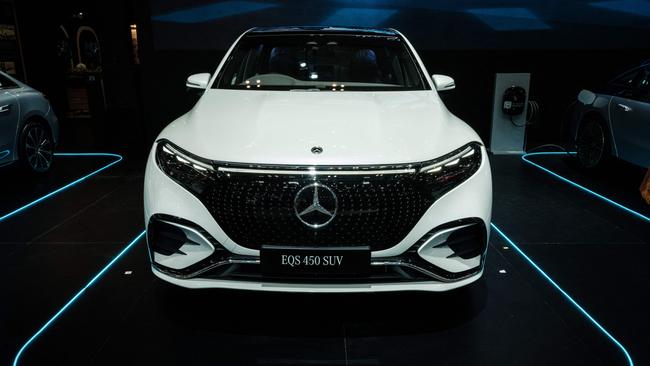
BMW and Volvo also manufacture electric cars in China, although the depth in EVs also filters to Europe, with a trickle from Japan.
Here are the brands currently kicking goals with electric cars in Australia:
TESLA
The dominant force in EVs in Australia is a powerhouse in the prestige market, drawing buyers from mainstream and luxury brands. Tesla only has two models – the Model 3 and Model Y – and between them they account for almost 60 per cent of all EV sales. The Model 3 is also the top-selling passenger car on the market and the Model Y the top-selling SUV.
BYD
For a newcomer brand, BYD has done a phenomenal job barging its way into the market. It’s not only a big player in the EV space – accounting for 14 per cent of the EV market – but has a mid-sized SUV that outsells former big players such as the Nissan X-Trail, Volkswagen Tiguan and Honda CR-V.
VOLVO
The Swedish brand has ambitious plans to be selling only EVs in Australia by 2026, and is off to a strong start. Volvo is the third-biggest seller of EVs in Australia off the back of its popular XC40 Recharge Pure Electric. Half of the compact SUVs sold by Volvo here are now electric.
MG
MG has relied on the ZS EV to tempt people toward electric, something that has yielded modest results. But the big play for the brand is the MG4, which has just gone on sale as one of Australia’s most affordable electric cars.
POLESTAR
It’s only been on sale for 18 months but already the Volvo spin-off has carved a solid slice of the EV market with just a single model. An updated model arrives within weeks followed by two SUVs in 2024.
AUDI
The still-fresh e-tron GT has proved a winner at the top end of the high-performance market. The imminent arrival of the Q8 e-tron and Q4 e-tron promise to tempt more buyers.
BMW
Sharp pricing for the EV version of the X3 has proven popular for BMW, something backed up by the electric version of the 4-Series and the radical iX SUV.
MERCEDES-BENZ
Early EVs from the three-pointed star were adaptations of existing architectures, but the newer EQE and EQS better represent the brand, something that’s led to solid sales.
KIA
There’s been a challenge getting hold of enough stock to satisfy demand, but Kia is leveraging its EV6 to cast a halo across the entire brand. The imminent arrival of the EV9 large SUV spearheads a frantic period of new electric arrivals.
HYUNDAI
As with sister company Kia, it’s been slow going in getting enough electric cars into the country, although things are improving. Hyundai has some exciting newcomers on the horizon, including the high-performance Ioniq 5 N.
TOYOTA, MAZDA, SUBARU
Japanese car makers are miles off the pace in the shift to electric vehicles. Toyota sells nothing powered only by electricity and Mazda has the underwhelming MX-30. But there are options coming soon, including the Toyota bZ4X and Subaru Solterra.


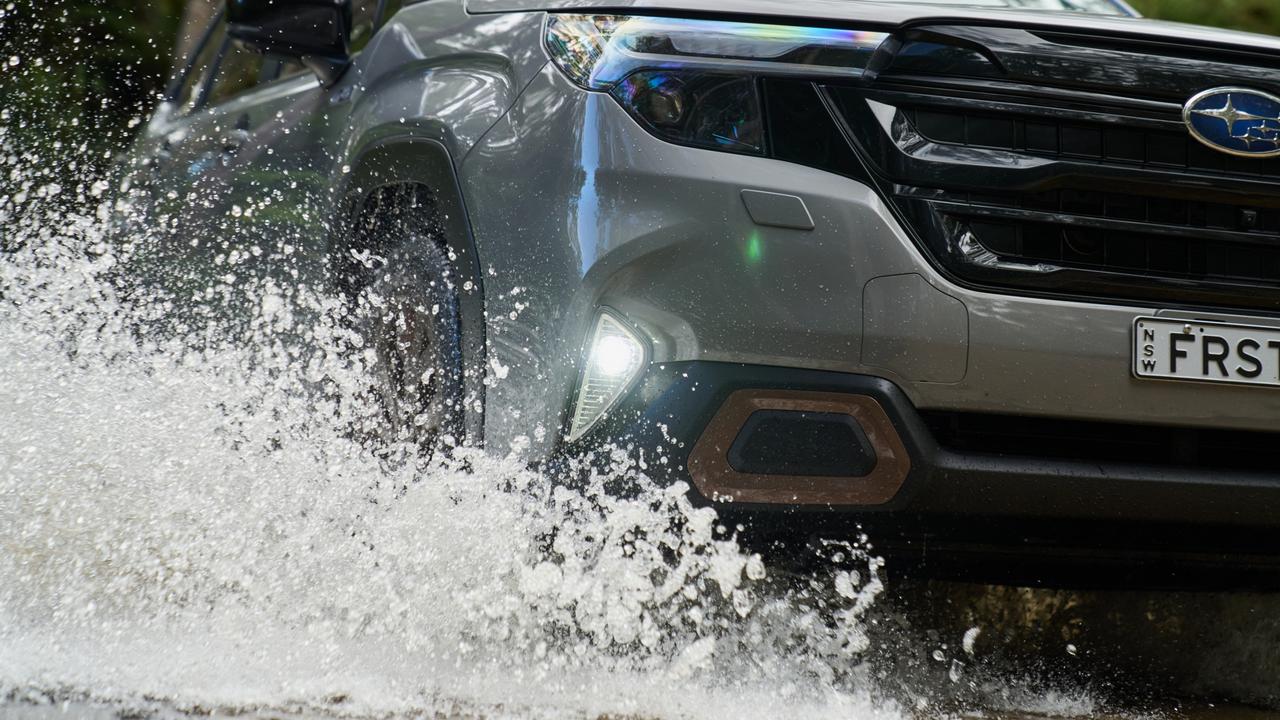
To join the conversation, please log in. Don't have an account? Register
Join the conversation, you are commenting as Logout